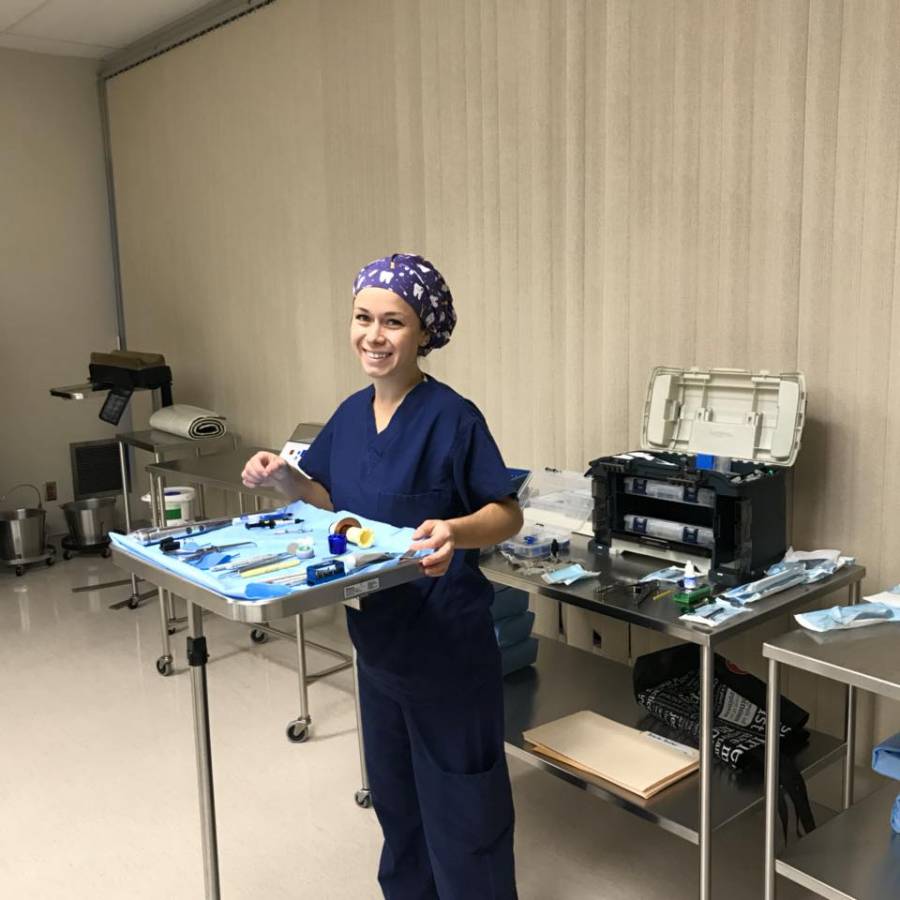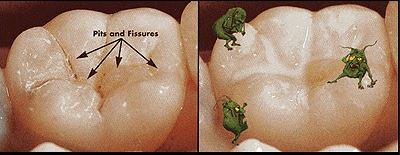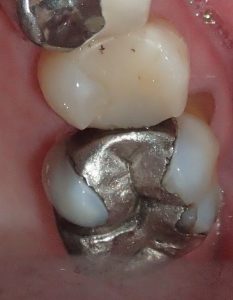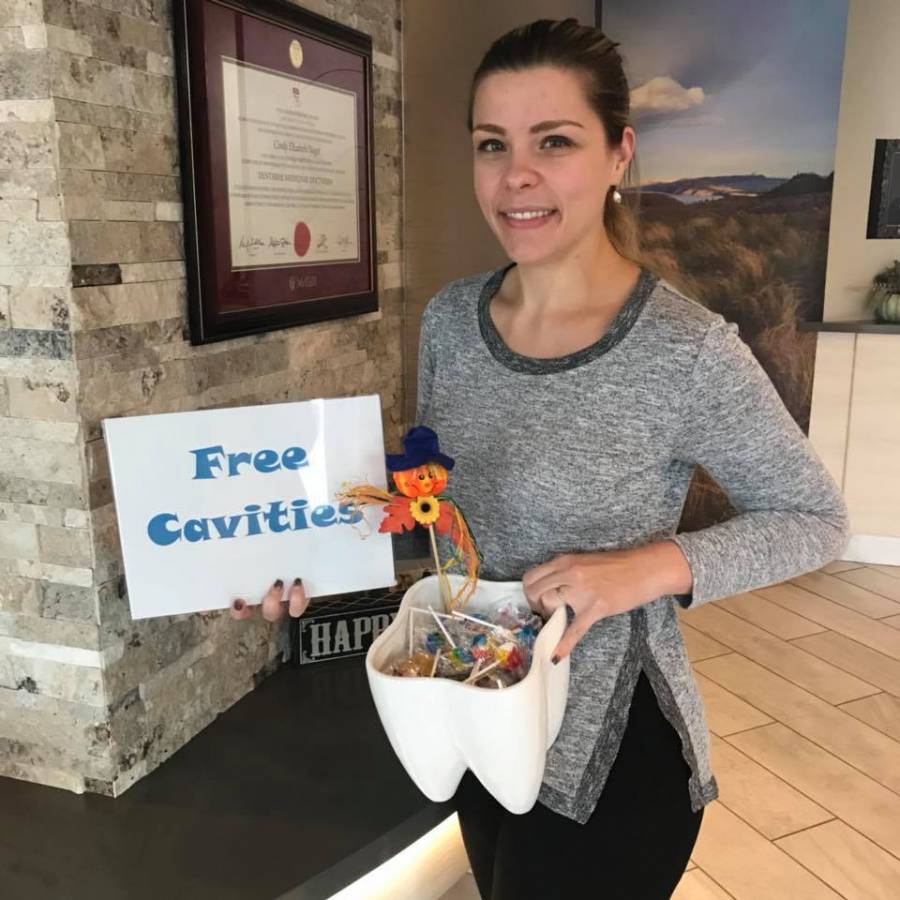I loved working as a hospital dentist in Calgary for the first year after I finished dental school. I gained some valuable experience working with clients who are very sick or have special needs. And I learned how to safely administer sedation as a tool to help make the dental experience less stressful for everyone. When I started working in private practice here in Kamloops, I found myself missing the opportunity to work in a hospital environment, and I didn’t even know it was an option here. But after a few years of hard work and red tape, I earned the privilege to work at Royal Inland Hospital and the Kamloops Surgical Centre so I could offer the best treatment options for my clients.
Why get dental treatment at the hospital?
The major benefit of using our hospital system is that a certified anesthesiologist and nursing team can administer a general anesthetic and put our patient “to sleep”. Several types of people, for many different reasons, may benefit from having their treatment done under general anesthetic, such as:
- Very young children.
- Young children with a large number of cavities that would otherwise take several visits to fix.
- Children and adults with intellectual or physical challenges that cannot tolerate treatment in a dental office.
- Persons who need sedation but are not deemed suitable for sedation outside a hospital due to medical complications.
- Persons who need a complicated procedure with an oral surgeon, such as jaw reconstructions, removal of tumors, or removal of severely impacted teeth.

FAQs about Hospital Dentistry
Is it free?
While the cost of the sedation is typically paid for by your BC Medical Services Plan, the dental fees are not always covered. For example, dental fillings are only covered as if they were done in the dental office. Always consult your insurance provider to find out more information about your coverage.
Does it hurt?
Having a general anesthetic doesn’t always mean you won’t feel pain, and for certain procedures such as dental extractions, a local anesthetic is often given to “numb” the area and prevent pain when you wake up.
Is it safe?
No medical procedure is without risk, but in many cases having an anesthesiologist as part of the team reduces the risks significantly. I will not sedate someone in my office if I don’t believe it will be the safest option.

Our team at Horizon Dental is dedicated to helping people achieve optimal oral health. We are excited to be accepting new patients, you can call us at (778) 765-3928 click here for more information.








